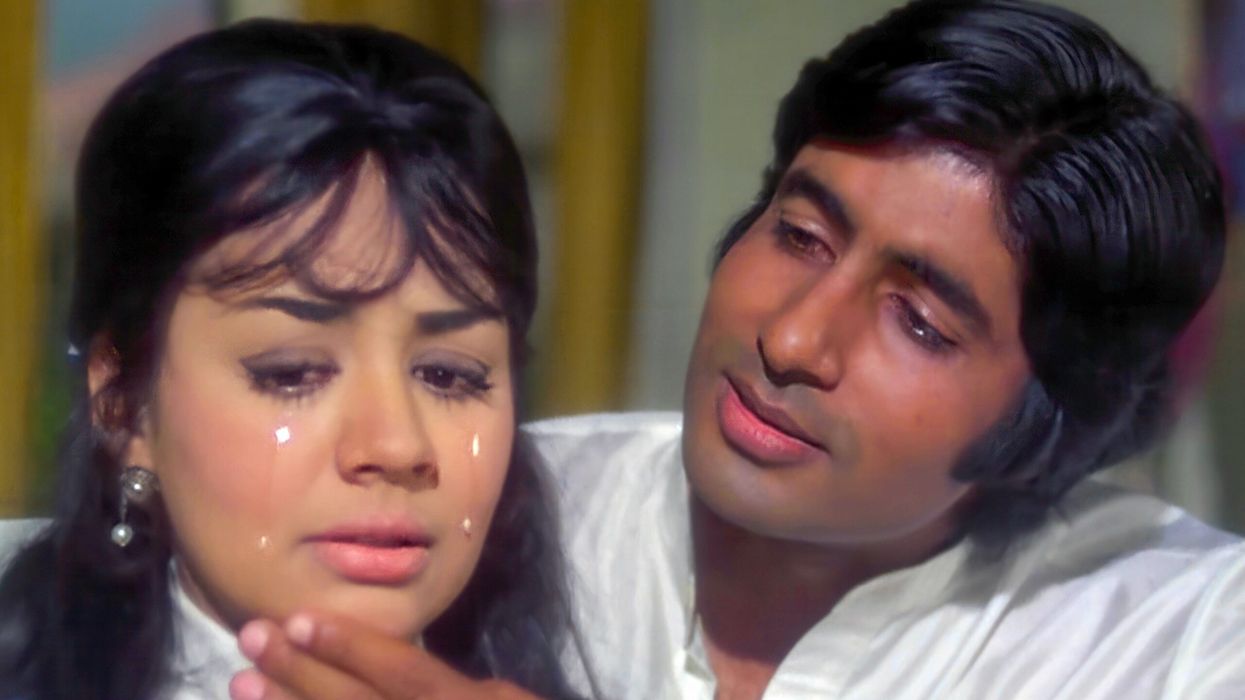FROM playing a leading role in the building of the Shard to making dresses from her saris, Roma Agrawal sees the creativity of engineering in every aspect of her life.
The 41-year-old’s desire to share her love of engineering with young people has seen her write the children’s book, Seven Small Inventions That Changed The World. Her latest book is a follow-up to the adult book, Nuts and Bolts: Seven Small Inventions That Changed the World in a Big Way.
Both books look at how seven elements: the nail, the wheel, the spring, the magnet, the lens, the string, and the pump, have evolved – from Egyptian nails to modern skyscrapers, and Neanderthal string to musical instruments – showing how even the most sophisticated items are built on the foundations of these ancient and fundamental breakthroughs.
“There are books about inventions out there for kids that generally cover the biggest, more complicated inventions, like computers or the printing press or light bulb etc,” Agrawal told Eastern Eye.
“We thought it’d be really nice for kids to be able to really visualise and imagine small inventions because they’re small, they like little things to play with and that’s why we adapted it for children.”
The book travels through centuries of history, through ancient Egypt, along the Silk Road, across the high seas and even into space, with children discovering how each of these seven small inventions came to be, how they work and how they changed the world forever.
They find out how it’s thanks to the potter’s wheel that the International Space Station exists, and how the same nails that built pirate ships hold together the tallest buildings in the world.
“The most important thing is, yes, they should learn some science and engineering from the book, but I also want them to understand a bit of history from different time eras, from around the world, and different role models as well – people who have contributed to those inventions or used those inventions in some way,” Agrawal added. “I hope that children get a very broad, holistic view of our world of science, engineering and history when they’ve read the book.”
Agrawal was keen to stress that science and engineering has been a global endeavour from the beginning of time.
The first chapter of the book looks at the nail, which has been shaped by contributions from the Egyptians, the Romans, southern Indians, the British, and from enslaved people in America.
“Iron was used for making nails by the Romans, who were importing steel and iron from southern India and Sri Lanka, because that was where the iron age actually began in the world. It came to Europe much later,” said Agrawal.
“I have a Middle Eastern scientist who I talk about in the lens section, Ibn Al Haytham. The golden age of Islamic science is a part of history that isn’t represented or understood in Europe and the West.”
Giving the spotlight to inventors from around the world has been a theme in Agrawal’s work.
Her first children’s book, How Was That Built?: The Stories Behind Awesome Structures, for example, featured Fazlur Rahman Khan, a Bengali structural engineer who studied in Dhaka and (then) Calcutta before moving to the US and becoming a celebrated structural engineer and architect, designing the John Hancock Center and the Sears Tower – which remains the second tallest building in the US.
Agrawal said if young people can see people who look like them or come from a similar background or have similar names, then it will stop barriers from forming in their minds that they can’t be engineers or architects.
“I spent 10 years of my childhood in India, and I always remember there was a woman mathematician called Shakuntala Devi and I knew about her, how clever she was and how good she was with numbers,” said Agrawal. “It never really occurred to me that Indian women couldn’t be engineers. When you’re out in the West and you’re in a minoritised community, it’s really important to have role models.
“The number of engineers in the UK who are people of colour is around four to five per cent, whereas the population of people of colour is 13 per cent – there is a big gap.
“It’s really important to me that kids get that a global view when they’re young, and hopefully that’s something that will keep them curious about the world as they’re growing.”
Agrawal came to the UK at 16. After her A-Levels, she studied physics at Oxford University and then did a masters in engineering at Imperial College.
She joined the WSP Group on a graduate programme and spent six years working on the tallest building in Western Europe, the Shard, designing the foundations and the iconic spire.
“The spire is my baby. Buildings usually get covered with plaster, but that spire is so honest. It stands up with every nut and bolt on show. You can tell the engineers at the viewing platform because they’re the ones looking up at the structure rather than down at London,” she said.
Agrawal with her MBE in 2018Agrawal went on to work on the transformation of London Bridge Station, Crystal Palace Station and the Northumbria University Footbridge.
Her ground-breaking work as a role model previously saw her selected by M&S to be in their Leading Ladies campaign photographed by Annie Leibovitz, with a cast that included Rita Ora, Annie Lennox and Doreen Lawrence.
“I loved that they had models and music stars alongside Doreen Lawrence and an engineer. It’s fantastic that M&S is reached out to a whole new audience who might not have considered engineering before. It was good for girls, and boys, to see engineers of all shapes, sizes and types doing amazing things, because anyone can do it. Even if you don’t like maths and physics,” she said.
Her public campaign to break down barriers to accessing engineering led her to be invited to give presentations at schools, which in turn led her to becoming an author.
“My colleagues and I used to do loads of presentations about the Shard, but because of who I am (a woman of south Asian heritage), I started getting invited a lot by schools to come and talk to the kids about the building and inspire them,” she said.
“A lot of people said that, ‘oh, you’re a role model for our children’. That really challenged me to take all this technical knowledge and presentations I used to give to other engineers and make it accessible for kids in language they would understand and was engaging and exciting to them.
“I just loved that. At my peak, I was probably doing about 40 presentations a year at schools and festivals.”
Having been a structural engineer for 14 years, five years ago she decided to “flip from having a career in engineering to having a more outward facing engagement career”.
She is now an author, broadcaster, public speaker, sits on diversity panels, and has her own podcast called, Create the Future, exploring innovation.
“I’m a co-host with a couple of other engineers and it’s just about having really fun discussions about engineering for people to consume,” she said.
“The first episode I ever hosted was about the engineering of knitting. I always see these older women, usually doing crafts, crochet, knitting, and they say, ‘we’re very bad at maths’. I explained that knitting is really mathematical, and the engineering of the string is extremely important.
“We did another episode about the engineering of baking and we had Andrew Smith, who was a finalist on the Great British Bake Off and who’s an engineer come on.
“The podcast tries to take more lighthearted topics, but also some more serious topics like sustainability and climate change. It’s a really nice mix of different subjects that we cover.”
She’s also been using her engineering skills to turn her old saris into dresses.
“I’ve already been able to convert quite a few silky saris into dresses,” she said.
“People say, ‘how can you be so good at sewing?’ because I only started a few months ago. I explain to them, it’s basically taking a 2D pattern and converting that into three dimensions. It’s very technical and that’s what I do as a structural engineer - I used to draw things on 2D that would then be built into a structure. There’s parallels there.”
Agrawal was recognised for her services to engineering with an MBE in 2018 and was awarded the prestigious Rooke Award by the Royal Academy of Engineering, which is given to an individual or team who have led in promoting engineering to the public.
When asked if she will be to young girls, what Shakuntala Devi was to her, Agrawal said: “I would really love that, but what I hope is that I will be one of many role models that they will come across as they’re growing up.
“A lot of other women engineers I know are also writing books, doing talks, and leading initiatives, who are out there doing really amazing engagement”.






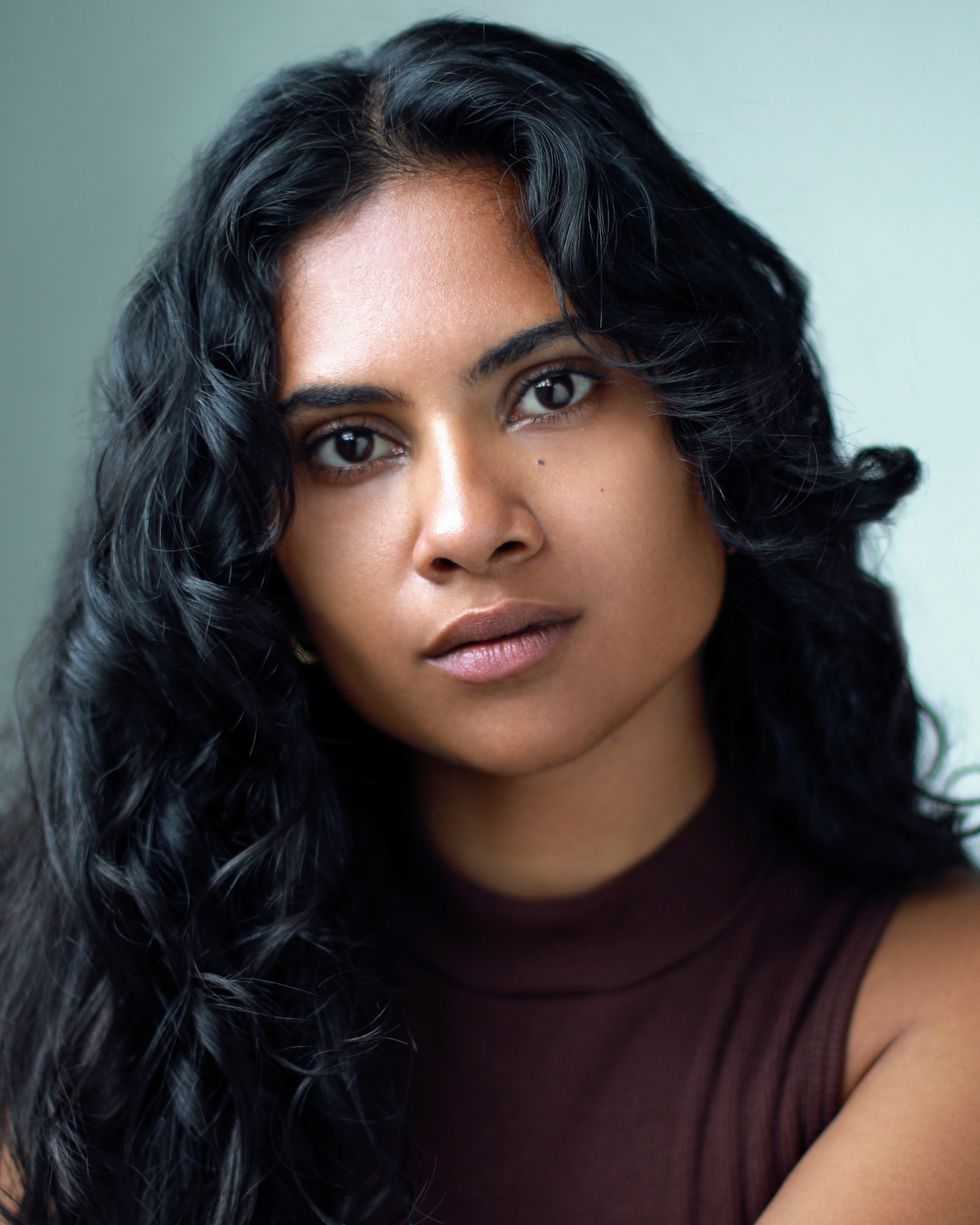 Neetika Knight
www.easterneye.biz
Neetika Knight
www.easterneye.biz












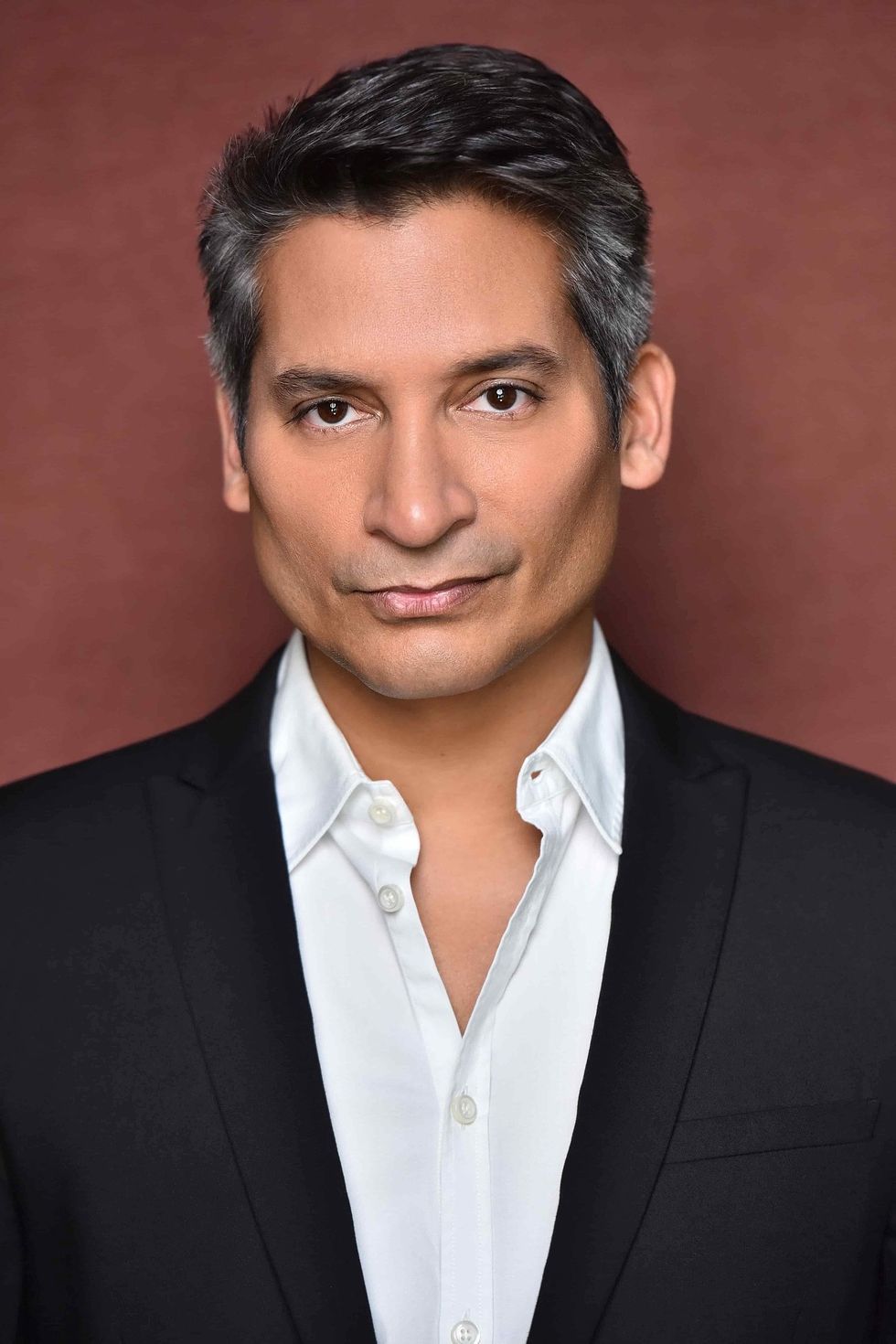 Raj Ghatak
Raj Ghatak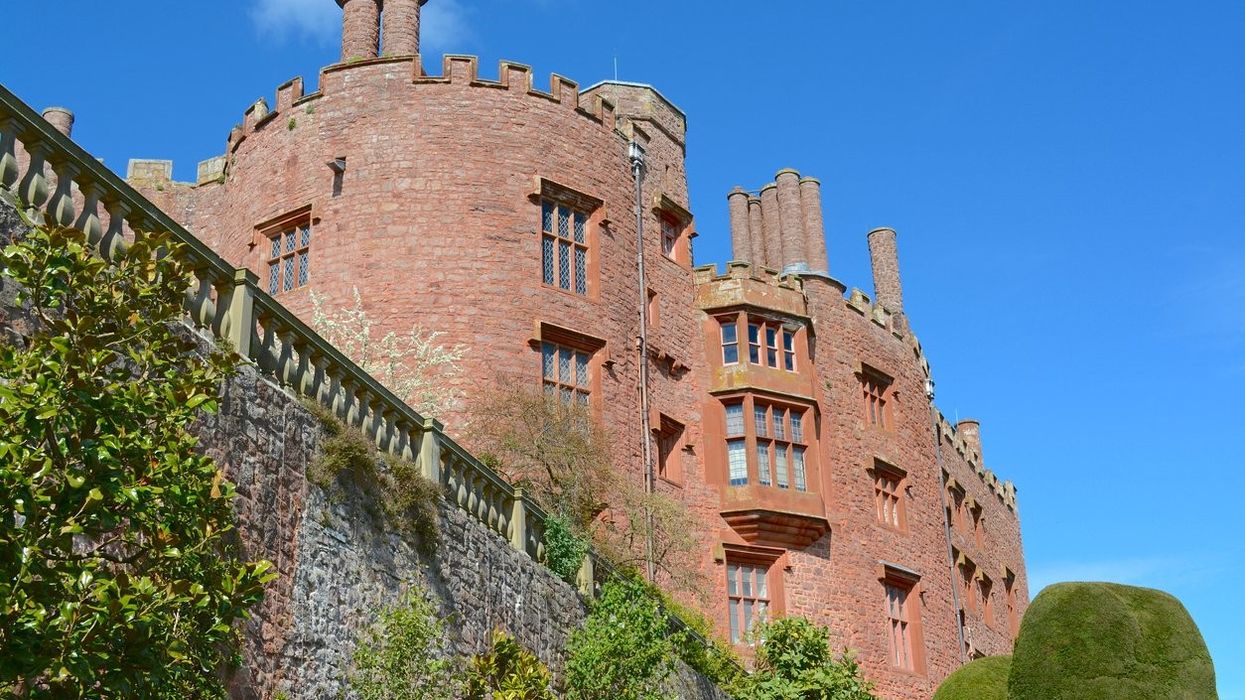
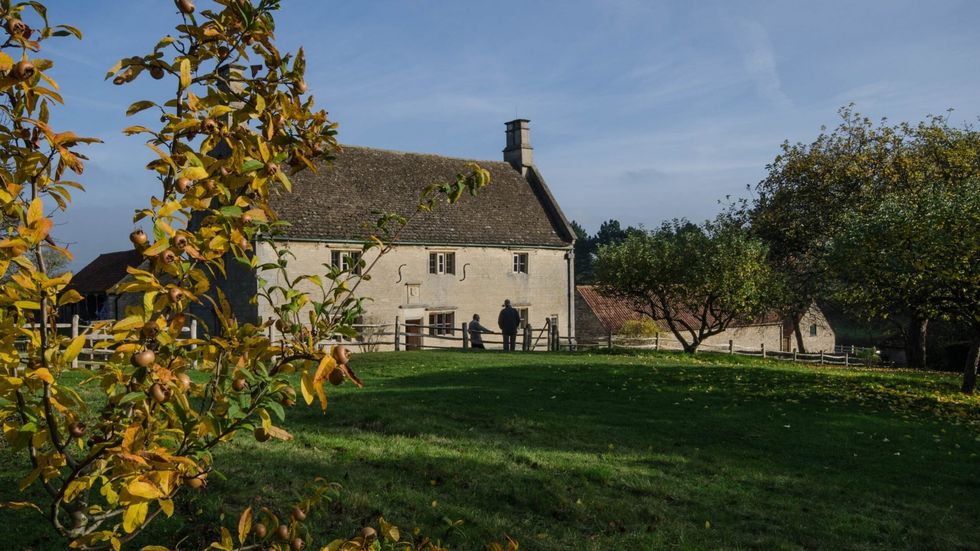 Isaac Newton’s birthplace, WoolsthorpeManor, Lincolnshire
Isaac Newton’s birthplace, WoolsthorpeManor, Lincolnshire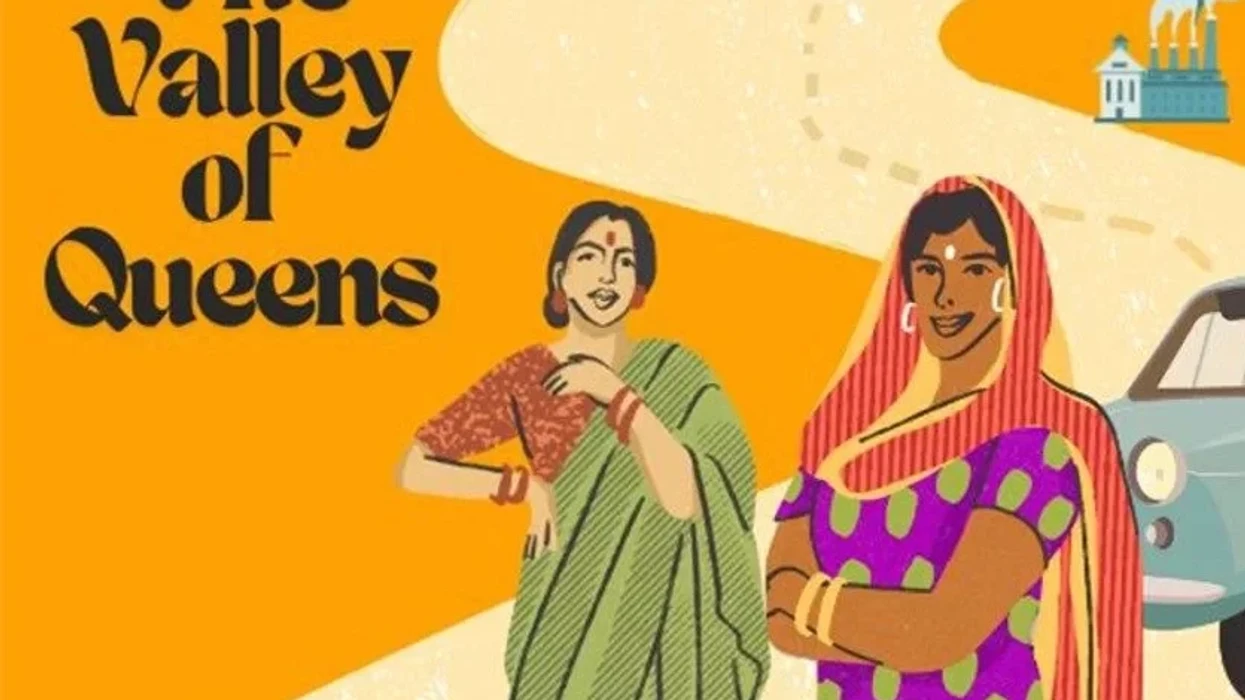
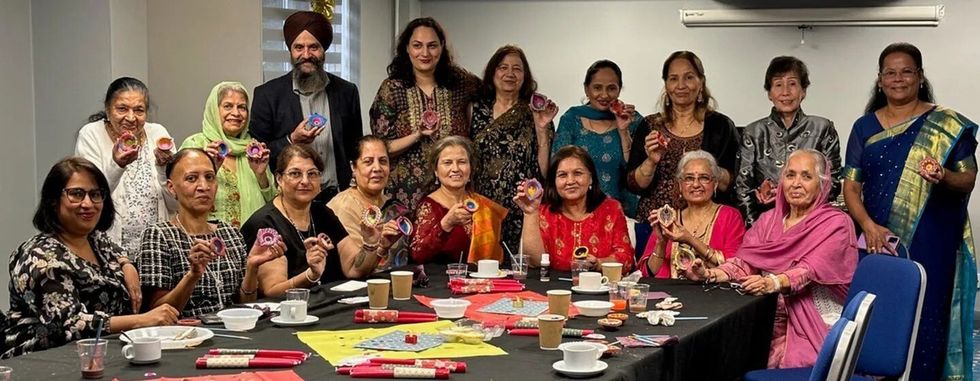 Women from the Happy Hour Project engaged in creative workshops
Women from the Happy Hour Project engaged in creative workshops